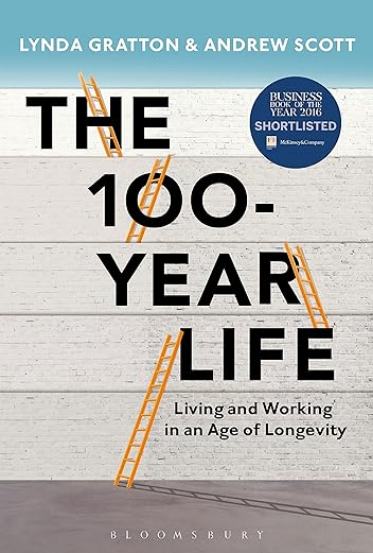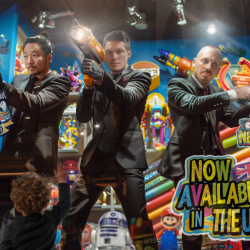The major crossroads in life tend to come in fairly defined stages
Leaving home, entering the workplace, obligatory mid-life crisis and then eventually sliding into God’s waiting room, waiting to die. Well, perhaps, at least in the eyes of marketers who rarely bothered with retirees!
But there’s been a seismic shift at this last crossroads over recent decades. In my 40s now, my average life expectancy is around 85 years, but for my eight-year-old daughter and her generational cohort, they will have a 50% chance of living to 105. Currently, people receive a congratulatory birthday message at 100, but perhaps Charles will need to raise this as the years progress. Not only will it save his wrists, but there’s nothing exclusive about an age which over half the population reach. But these shifts aren’t only far off into the future. Even today, a 90-year-old only has a 20% chance of dying within the next year, whereas 50 years ago, it was much more of a certainty.
As Lynda Gratton explores in her book The 100-Year Life, this shift towards longer — and, importantly, healthier — living has enormous ramifications for society. Not only will Oliver Burkeman need to add another 1500 to his seminal book, Four Thousand Weeks, but there are some serious challenges to be addressed. Not least that, people could be looking at spending up to 35 years in retirement. Whilst this may sound dreamy, it also means an urgent reform of everything from workplaces to pension provision.
Retirement is certainly not where people go to die anymore. In fact, increasingly it’s a period when people start to really live. A new phase of exploration, of viewing the world differently and finding a new place within it. Of building a life with the extra years — one that may look very different to what went before. Life begins at 70, anyone?
What does this mean for our industry? I’d argue it opens up a huge new opportunity
It’s long been accepted that younger consumers have a greater propensity to switch preferred brands, whilst older consumers remain attached to familiar stalwarts. The belief was that two key mechanisms led to this: innovativeness and attachment. The first mechanism suggests that as consumers get older, they are less willing to explore new options. The second — attachment mechanism — suggests consumers develop an attachment to preferred brands over the years, from childhood to older ages. As such, the older people are, the more loyalty they devote to their preferred brands.
It’s why almost all briefs into agencies state the ubiquitous Gen Z or 18-34 as their target audience. I argue we need to drop this mindset sharpish, or we risk missing a huge opportunity to foster new brand relationships at a time of new beginnings, the crossroads of later life.
And new research backs me up. Writing in the Journal of Marketing Analytics, Dirk Sikkel found evidence of an emerging u-shaped relationship between age and brand importance. He discovered that brand relations are strong for both consumers under 30 AND those over 60. Additionally, he alludes to the fact that as we age we gain ‘more of the ability to optimise positive affect.’ In short, we’re happier. And happy, positive people are open to new relationships. All 15.5m of them (over 60).
So fellow industry dwellers, we need to work within this new societal narrative, size the nature of the opportunity and work out where the brands we work with fit within. Because we need to reframe — brand relationships don’t end at retirement, instead it’s a crossroads of opportunity.
Featured image: Matt Bennett / Unsplash


























